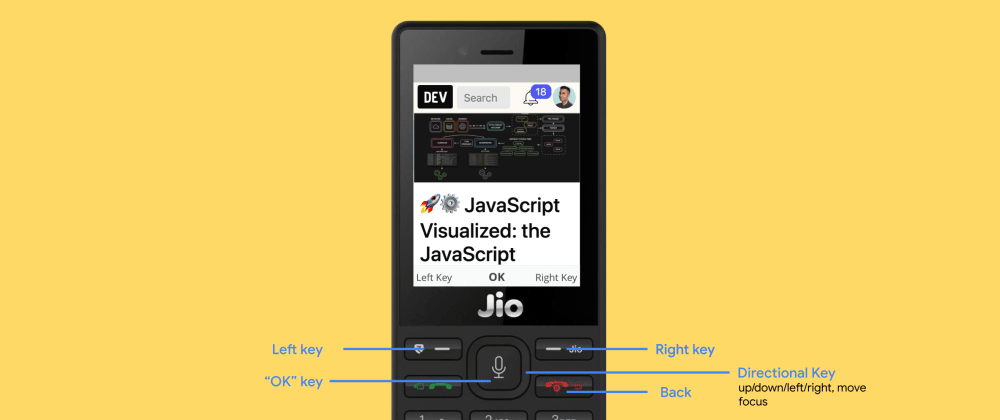Feature Phones
Highlight phones are affordable (under $20-25), low-end devices enabling millions of users in rural countries to use the web. They can be thought of as a smaller version of a smart phone.
Web Performance
Tip: Building a quick, center starting point for your site gives everybody a decent encounter; whether they're on a minimal expense include telephone or the most recent top of the line PDA.
New Business Unit (NBU)
Here goes the content related to the New Business Unit.
Emerging Markets
Content about emerging markets and their significance.

These gadgets can't deal with rich JavaScript and media encounters as well as very good quality advanced cells so extraordinary consideration should be taken with payloads you send down.

Above, we can see Geekbench computer processor execution benchmarks for the most elevated selling PDAs around the world in 2019. We can likewise see (highlighted) the exhibition of a famous element telephone - the Nokia 3110. JavaScript is CPU-bound and places an emphasis on single-core performance (remember that it is inherently more single-threaded than the rest of the Web Platform). This implies remembering gadget attributes when it means a lot to ponder emerging nations.
This post endeavors to address these trouble spots so we can fabricate destinations that are usable by everybody, paying little heed to how quick their gadget is.
Foundation
You might recollect that component telephones were famous until the mid 2000s, before the appearance of advanced cells. Little in size with a key-cushion rather than a touchscreen, they had pretty essential highlights e.g calling, messaging and basic message centered web perusing. After the appearance of advanced cells, these telephones turned out to be less predominant in evolved nations.
In non-industrial nations, not every person can bear the cost of a PDA and a limitless information anticipate a 4G organization. This market has been caught by brilliant element telephones which join the equipment and cost of a fundamental telephone with a portion of the usefulness found in shrewd phones.

The shrewd component telephone market has developed extensively beginning around 2017 and it is normal that 400 million component telephones will be sold universally in 2019.
The development of component telephones has been controlled by Nokia's restoration of its old top picks like the 3110 and 8110 (which Paul Kinlan has a helpful troubleshooting guide for). In India, Dependence Jio highlight telephones give a modest, yet present day choice for getting to the web in a hurry. Jio have moved the development of KaiOS - a Linux-based working framework for highlight telephones.
This expansion of the feature phone market necessitated websites that operate effectively, but there are some limitations we ought to probably be aware of.
If you'd like to get in touch or discuss potential collaboration opportunities, feel free to drop me an email at wilsonmuita41@gmail.com. I'm also active on LinkedIn and Facebook, where I share web development insights and updates.
Thank you for visiting my blog, and I hope you find it informative and inspiring. Let's connect and embark on this exciting journey together!
Leave a Reply
Your email address will not be published. Required fields are marked with *
Comments